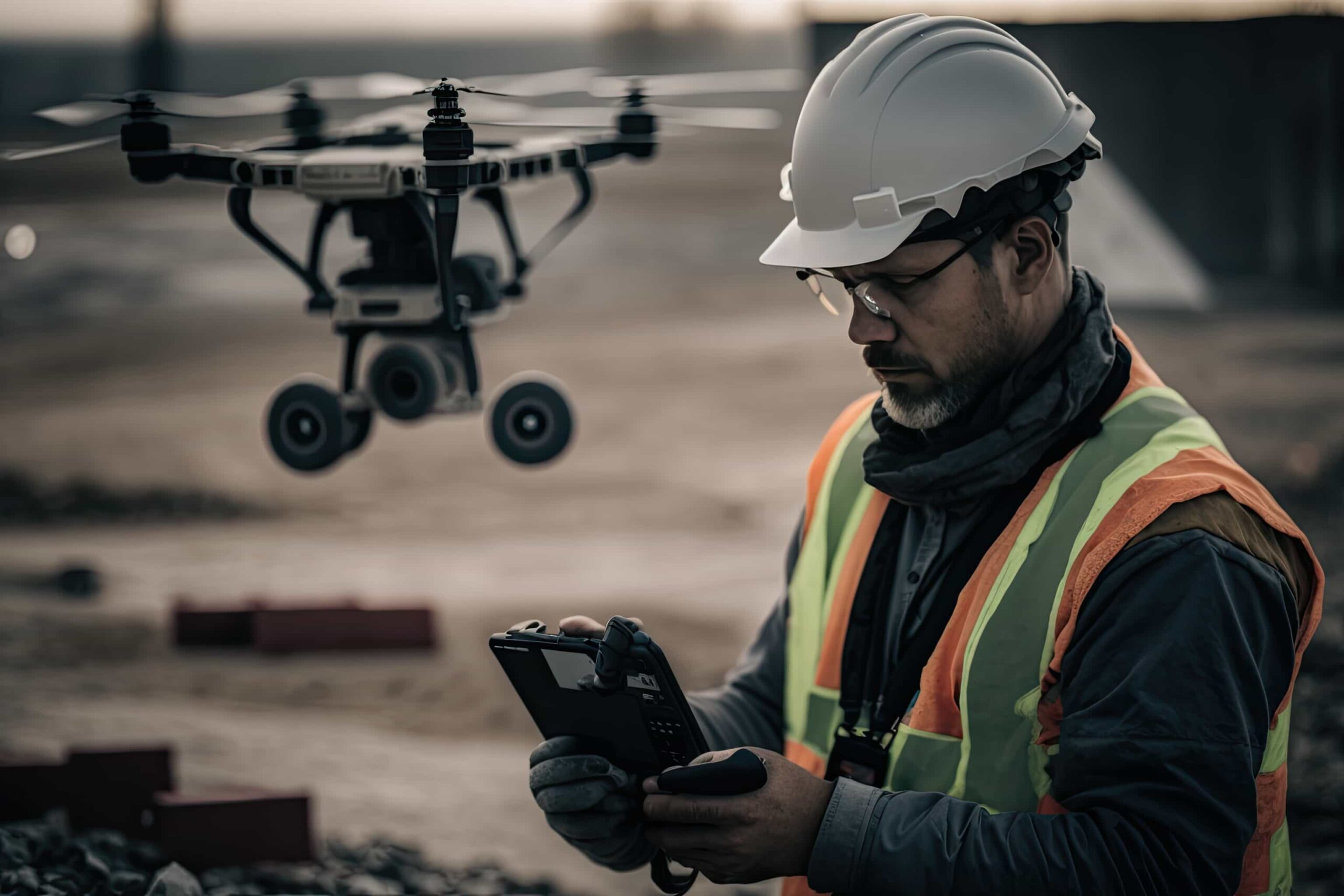Australia, known for its vast landscapes and diverse industries, has been at the forefront of adopting cutting-edge technologies to enhance safety, efficiency, and environmental sustainability. One such technology that’s transforming the industrial landscape across the country is the use of drones for inspections. In this article, we’ll explore how drones are revolutionizing industrial inspections in Australia and the benefits they bring to sectors ranging from energy to infrastructure.
The Need for Industrial Inspections in Australia
Australia’s industrial sectors, including energy, infrastructure, mining, and manufacturing, rely heavily on regular inspections to ensure the integrity and safety of critical assets. Traditional inspection methods, often involving manual labor or expensive equipment, can be time-consuming and pose safety risks to workers. Moreover, the vast and remote terrain of Australia makes some inspection sites challenging to access.
How Drones are Transforming Industrial Inspections
Drones, equipped with advanced cameras and sensors, are changing the game. These aerial robots can capture high-resolution images and videos while flying close to or over assets, providing a detailed view of their condition. This capability is invaluable in Australia’s vast and geographically diverse landscape.
Key Industries Benefiting from Drone Inspections
- Energy and Utilities: In the energy sector, drones are inspecting power lines, wind turbines, and remote solar installations. They can quickly identify faults, helping to prevent blackouts and reduce downtime.
- Infrastructure: Australia’s infrastructure, including bridges, dams, and railways, undergoes routine inspections. Drones can access hard-to-reach areas and provide comprehensive data, aiding in timely maintenance and repairs.
- Mining: The mining industry relies on drones to assess the condition of equipment and monitor environmental impacts. These inspections contribute to sustainable mining practices.
- Manufacturing: Factory equipment, chimneys, and other industrial structures benefit from drone inspections, ensuring worker safety and minimizing disruptions.
Benefits of Drone Inspections in Australia
Drones offer several advantages to industries in Australia:
- Improved Safety: Reduced need for workers to access dangerous or remote sites.
- Cost Savings: Lower operational costs compared to traditional inspections.
- Enhanced Data Accuracy: High-quality images and videos for precise analysis.
- Faster Turnaround: Rapid data collection and analysis, leading to quicker decision-making.
Case Studies
- Energy Sector: A major Australian utility company used drones to inspect its extensive network of power lines. The result? Reduced downtime, significant cost savings, and improved reliability.
- Infrastructure: The Sydney Harbour Bridge, a national icon, now undergoes routine drone inspections. These inspections have helped identify and address corrosion issues promptly.
Regulatory Considerations in Australia
Australia has a robust regulatory framework governing drone operations. CASA (Civil Aviation Safety Authority) oversees drone usage, ensuring safety and privacy compliance. Regulations include licensing, altitude restrictions, and no-fly zones around sensitive areas.
Future Trends
The future of drone-based industrial inspections in Australia looks promising. Advancements in artificial intelligence, automation, and machine learning will enable drones to conduct even more sophisticated inspections. Integration with the Internet of Things (IoT) will provide real-time data analysis, enabling predictive maintenance.
Drones are transforming industrial inspections in Australia, contributing to safety, efficiency, and sustainability across various sectors. With a strong regulatory framework in place and a commitment to embracing technology, Australia is poised to lead the way in the global drone revolution for industrial inspections, ensuring the continued success and safety of its critical infrastructure and industries.

